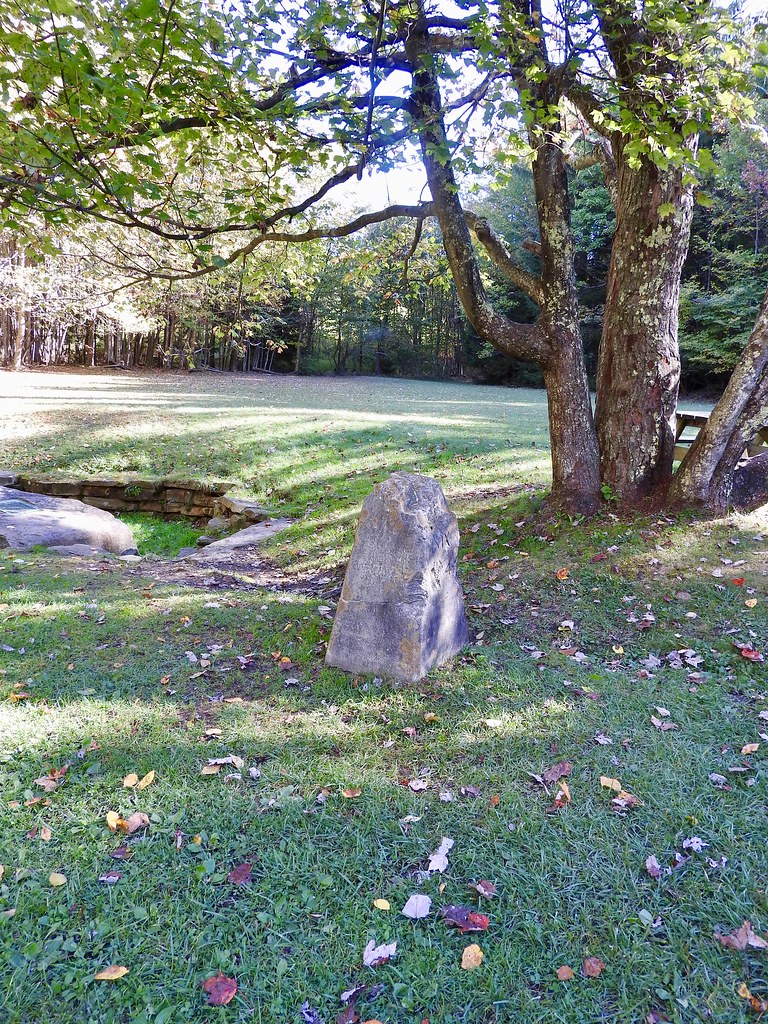Long is the history of adventurers who explored distant lands and tangled jungles to find the true origin of mighty rivers. But rivers are not simple contiguous lines that trace back easily to a single spot. Rather they are widely spread watersheds that drain to a common outlet. There can be hundreds of liquid tendrils joining and growing in size as they combine into a single entity. They form an interconnected web originating from many different sources such as lakes, streams, marshes, springs or glaciers.
Hydrologists created all sorts of conventions to trace rivers back to their sources, including:
- The farthest point upstream from the mouth;
- Branches with the larger volumes of water;
- The highest point of elevation within a watershed.
Less objective influences such as history, tradition and politics can serve as a deciding factor too. No clear-cut definition applies consistently but the underlying principal seems to be based on consensus, case-by-case. The true source, the ultimate headwater of a river is basically whatever people believe it to be.
The Amazon
National Geographic News recounted their efforts to pinpoint the source of the Amazon River [article no longer available online] with the assistance of Global Positioning System technology. Their 2000 expedition identified a slope on a remote mountain in southern Peru, Nevado Mismi as the Amazon’s source. They defined it by distance from the sea.
“The person in charge of the instruments that nailed it was geographer Andrew Johnston of the Smithsonian Institution’s National Air and Space Museum in Washington. The source of the river, he says, can be defined as the most distant point in the drainage basin from which water runs year-around, or the furthest point from which water could possibly flow into the ocean.”
Thus, very objectively and scientifically, researchers used precise instruments and measurements. They proclaimed the side of a rock wall on Nevado Mismi as the source of the Amazon River.
Closer to Home

Not every determination throughout time has been this objective. Early explorers lacked sophisticated equipment to assist them as they fanned-out through new lands. The Potomac River of the eastern United States is a case in point. The upstream path tracks back easily until just before Green Spring, West Virginia. Then it splits into a northern and a southern branch. Both are significant and both carry about the same volume of water. Logically one could consider either the source, or perhaps equal co-sources.

The South Branch is the longer of the two. It traces back through West Virginia and then just across the border into Virginia, near Hightown in Highland County. Even so, the North Branch gets the credit, with the source defined as the Fairfax Stone. This served as an important survey marker placed during colonial times. It determined a boundary between Maryland and Virginia in an otherwise uncharted wilderness. Today it marks the common intersection of Preston, Grant and Tucker Counties in West Virginia. In this instance historical prominence trumped physical distance traveled by water.
The Mississippi

The Mississippi River presents another oddity. We’ve already established that physical distance isn’t the only way to determine a river’s source so let’s ignore the whole issue of the Missouri River, a tributary that’s as long as the Mississippi River itself.
By convention, most people consider Lake Itasca in northern Minnesota as the Mississippi’s source. A few years ago I walked right across the mighty Mississippi at this location on stepping stones placed conveniently for visitors. It was great fun.
But hold on a minute: take a look at a map of the area and notice the lake just south of Itasca. That’s Elk Lake and a stream coming from it feeds directly into Lake Itasca. And a couple of streams feed into Elk Lake, and a marshy area feeds those streams.
Plenty of dribbling pools and gurgling springs serve as the sources for other major rivers. However, in this instance the experts dismiss them as “too small” to be the source of the Mississippi. So once again we come to the conclusion that “True Source” depends on consensus of opinion.

Leave a Reply